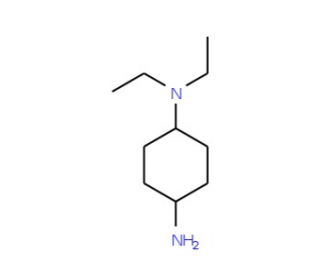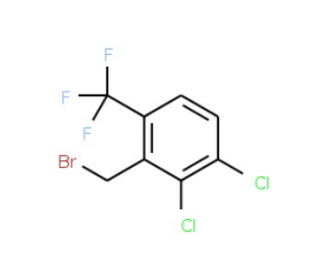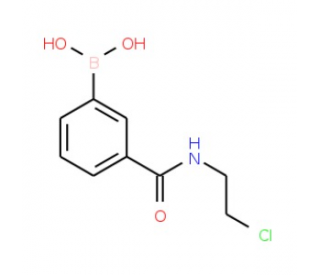详细说明
Species Reactivity
Human
Specificity
Detects human CD229/SLAMF3 in direct ELISAs and Western blots. In direct ELISAs and Western blots, no cross‑reactivity with recombinant mouse CD229 is observed.
Source
Monoclonal Mouse IgG 2A Clone # 249936
Purification
Protein A or G purified from hybridoma culture supernatant
Immunogen
Mouse myeloma cell line NS0-derived recombinant human CD229/SLAMF3
Lys48-Lys454
Accession # Q9HBG7Formulation
Supplied in a saline solution containing BSA and Sodium Azide.
Label
Allophycocyanin
Applications
Recommended
ConcentrationSample
Flow Cytometry
10 µL/10 6 cells
See below
Please Note: Optimal dilutions should be determined by each laboratory for each application. are available in the Technical Information section on our website.
Data Examples
Flow Cytometry | Detection of CD229/SLAMF3 in Human PBMCs by Flow Cytometry. Human peripheral blood mononuclear cells (PBMCs) were stained with Mouse Anti-Human CD3 epsilon PE‑conjugated Monoclonal Antibody (Catalog # ) and either (A) Mouse Anti-Human CD229/SLAMF3 APC‑conjugated Monoclonal Antibody (Catalog # FAB1898A) or (B) Mouse IgG2A Allophycocyanin Isotype Control (Catalog # ). View our protocol for . |
Preparation and Storage
Shipping
The product is shipped with polar packs. Upon receipt, store it immediately at the temperature recommended below.
Stability & Storage
Protect from light. Do not freeze.
12 months from date of receipt, 2 to 8 °C as supplied.
Background: CD229/SLAMF3
CD229, also known as Ly9 and SLAMF3, is a 120 kDa type I transmembrane glycoprotein in the SLAM subgroup of the CD2 family (1). Mature human CD229 consists of a 407 amino acid (aa) extracellular domain (ECD) with two Ig‑like V-set and two Ig‑like truncated C2-set domains. It also shows a 22 aa transmembrane segment, and a 179 aa cytoplasmic domain with two immunoreceptor tyrosine-based switch motifs ITSMs (2, 3). The ECD of human CD229 shares 57%‑59% aa sequence identity with mouse and rat CD229. Within the first two Ig‑like domains that are common to all SLAM proteins, human CD229 shares 24%‑39% aa sequence identity with human 2B4, BLAME, CD2F-10, CD84, CRACC, NTB-A, and SLAM. Alternate splicing generates two additional isoforms that lack the juxtamembrane Ig‑like domain or short cytoplasmic region (2). CD229 is expressed on T and B cells, thymocytes, and more weakly on NK cells (2‑6). Homophilic binding between CD229 molecules is mediated by the N-terminal Ig‑like domain (7). Human and mouse CD229 exhibit cross-species binding (7). Antigen stimulation of lymphocytes induces CD229 clustering to sites of T cell‑B cell contact (7). Two tyrosines in the cytoplasmic domain are required for association of CD229 with the adaptor proteins AP-2 (μ2 chain) and GRB-2 and both are required for CD229 internalization (8, 9). In addition, there are two ITSMs which mediate phosphorylation-dependent CD229 association with SAP and SHP-2 (10). These four tyrosine-containing motifs are intact in the described CD229 splice variants. CD229 knockout mice show minimally impaired immune responses, suggesting functional redundancy with other molecules (11).
References:
Bhat, R. et al. (2006) J. Leukoc. Biol. 79:417.
de la Fuente, M.A. et al. (2001) Blood 97:3513.
Sandrin, M.S. et al. (1992) J. Immunol. 149:1636.
Romero, X. et al. (2004) Tissue Antigens 64:132.
Hogarth, P.M. et al. (1980) Immunogenetics 11:65.
Mathieson, B.J. et al. (1980) J. Immunol. 125:2127.
Romero, X. et al. (2005) J. Immunol. 174:7033.
Del Valle, J.M. et al. (2003) J. Biol. Chem. 278:17430.
Martin, M. et al. (2005) J. Immunol. 174:5977.
Sayos, J. et al. (2001) Blood 97:3867.
Graham, D.B. et al. (2006) J. Immunol. 176:291.
Long Name:
SLAM Family Member 3
Entrez Gene IDs:
4063 (Human); 17085 (Mouse)
Alternate Names:
CD229 antigen; CD229; cell-surface molecule Ly-9; hly9; Ly9; lymphocyte antigen 9Cell surface molecule Ly-9; mLY9; SLAMF3; T-lymphocyte surface antigen Ly-9










 粤公网安备44196802000105号
粤公网安备44196802000105号